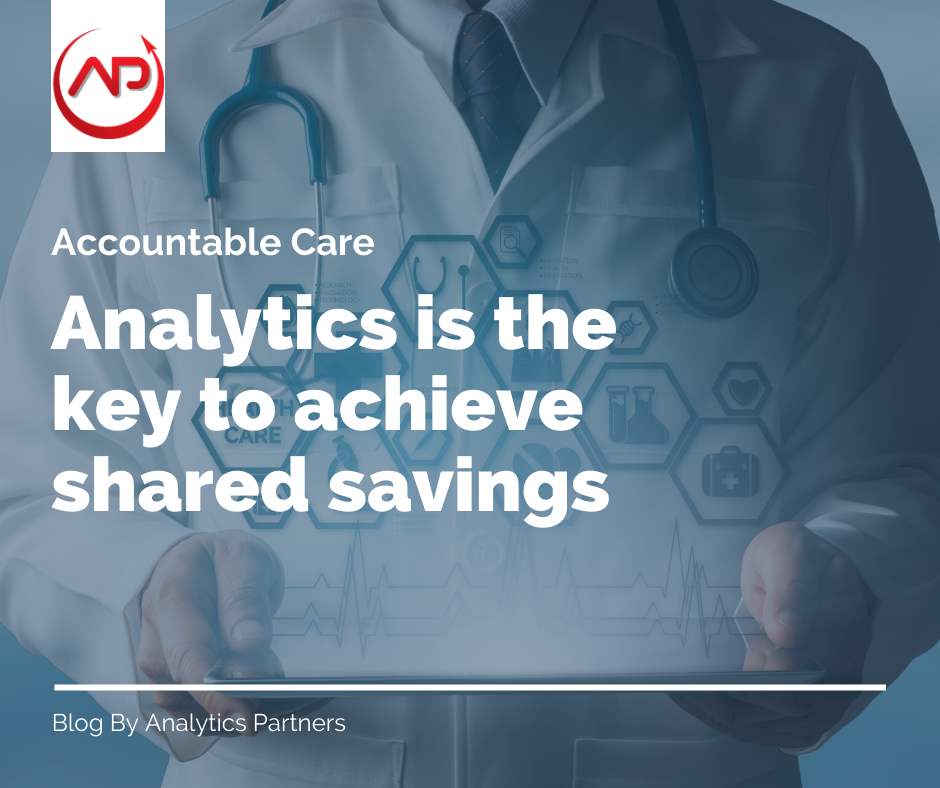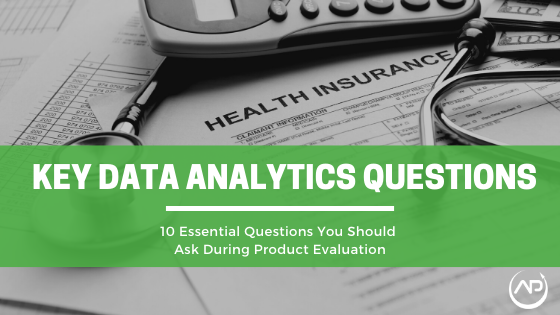
Importance of Analytics in the ACO Market to Achieve Shared Savings
ACOs across the country are in varying stages of data-usage. Those who are invested in analytics are seeing the quality improvement and cost reduction it has to offer. Data analytics allows ACOs to pull information from a variety of sources to optimize care for their beneficiaries. From real-time tracking to risk analysis, health IT is strengthening the ACO market for both patients and taxpayers.
The Next Generation of the ACO Market
The Next Generation Accountable Care Organization (NGACO) Model has taken on data analytics and other health IT tools and the results have been nothing short of promising. The NGACO Model involves the highest levels of risk of any ACO initiative offered by CMS. As a result, they have almost total financial responsibility for outcomes and have no minimum loss requirements.
Data Analytics Delivers Cost Savings
However, there is a bright side to these high financial stakes. They highlight the need for data analytics and predictive tools to identify opportunities to reduce unnecessary spending while improving the quality of care. The incorporation of health IT has allowed the ACO market to track utilization and manage financial risk, resulting in significantly improved care coordination and chronic disease management.
According to CMS, beneficiaries receiving care within an NGACO experienced 1.7 fewer inpatient hospital days per month in comparison to non-NGACO beneficiaries, as well as 15.6 fewer nonhospital evaluation and management visits per month. A 12% increase in the number of annual wellness visits reflects improved care quality.
The Bright Future of Health IT
The promising results of NGACOs first performance year show us that they succeed under two-sided risk. The ACOs in this model are delivering value and providing quality care to patients and taxpayers, results that are achievable for other ACOs. After adjusting for shared savings/loss payments, ACO spending was reduced by $62 million.



